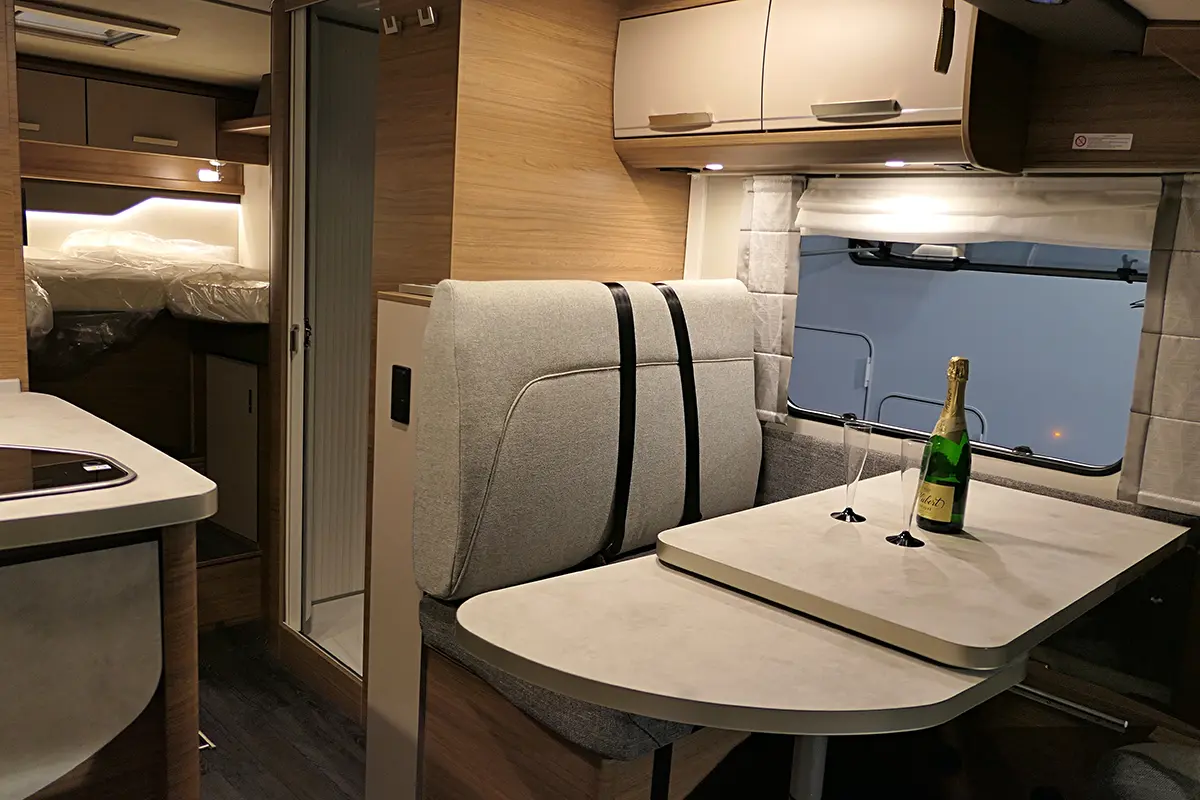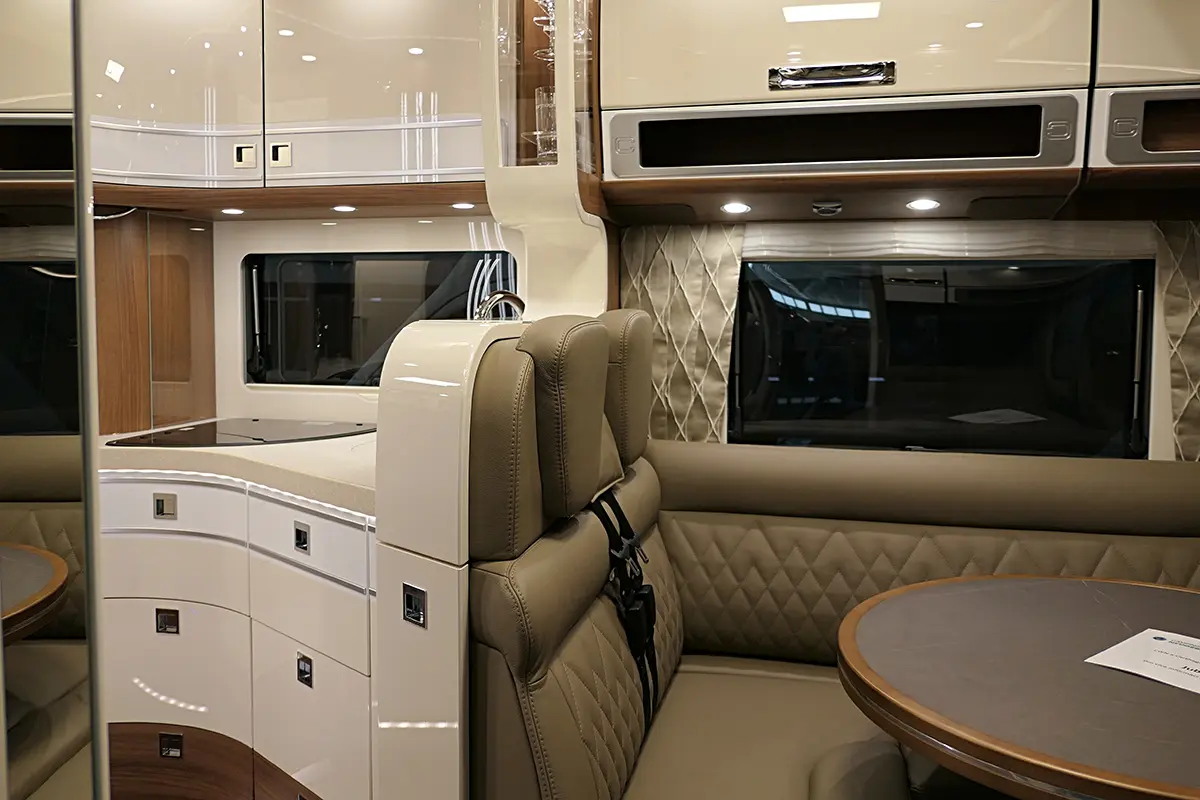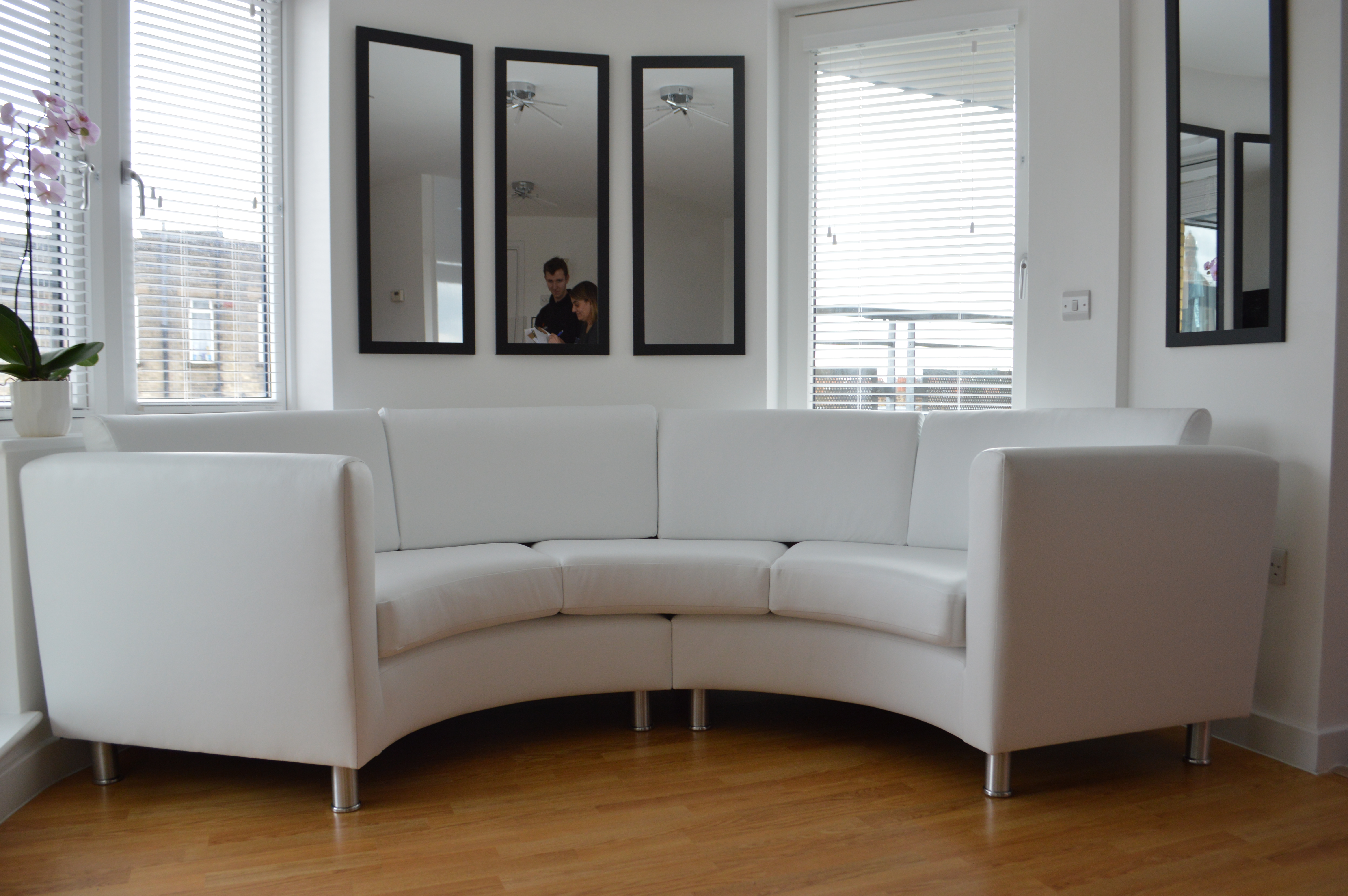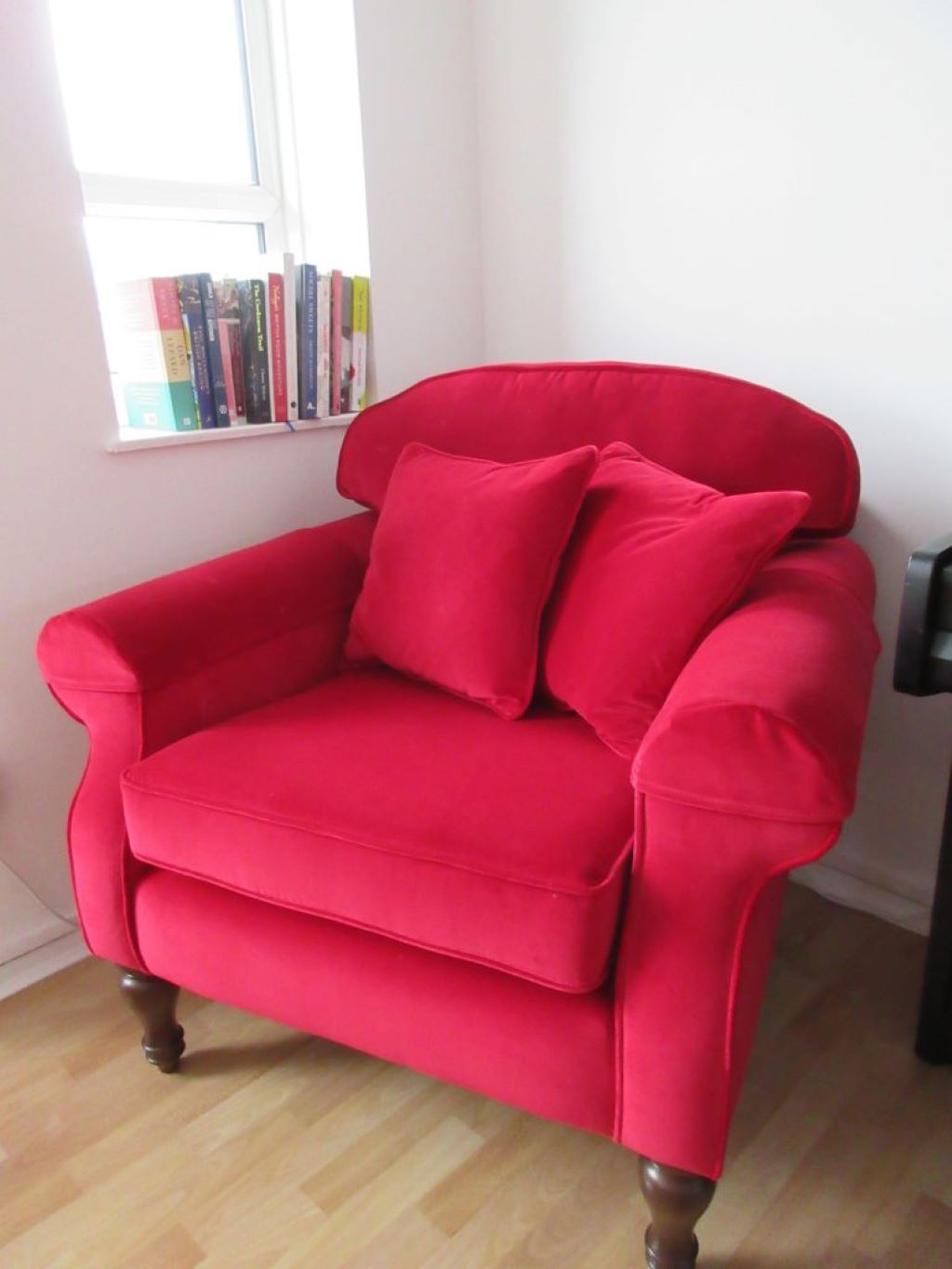How a Custom Kitchen Bench Elevates Your Dining Area
When it comes to kitchen and dining spaces, the right furniture makes a world of difference. A kitchen bench is one of the most impactful, yet often overlooked, elements. Specifically, a custom-made kitchen bench adds personality and elegance to your home. It also significantly enhances functionality, comfort, and space utilisation. Whether you’re redesigning your kitchen or simply updating your dining area, a bespoke bench can become the heart of your home.
1. Tailored to Your Space
No two kitchens are exactly alike. This is why custom furniture has become increasingly popular. A custom kitchen bench fits the exact dimensions of your space. This applies whether you have a spacious open-plan area or a compact kitchen nook. This tailored approach ensures efficient and stylish use of every inch of your dining area.
For homes with awkward corners or open-concept layouts, a bespoke bench maximises space without crowding the room. You can choose between a freestanding or built-in design, corner seating, or a wrap-around layout. This blends seamlessly with your kitchen’s architecture.
2. Enhanced Comfort for Everyday Living
Comfort is key in any seating area, and kitchen benches are no exception. A custom bench allows you to decide on elements like seat depth, backrest height, cushion firmness, and fabric choices. All these impact your daily comfort. Unlike mass-produced options, a made-to-order bench is crafted with ergonomics in mind. This makes it a pleasure to use during meals, family gatherings, or even remote work sessions.
You can even include thoughtful features like padded upholstery, armrests, or curved back support for additional comfort. These small details create a bench that’s not only beautiful but also a place where people want to sit and linger.
3. Smart Storage Solutions
In many homes, especially those with smaller kitchens, storage space is at a premium. A custom kitchen bench can include built-in storage compartments under the seating area. This helps you keep clutter at bay. Whether you need a place to store extra dinnerware, linens, or children’s toys, hidden storage under your bench offers a practical yet stylish solution.
Options include lift-up seats, pull-out drawers, or even integrated shelving, depending on your needs. This dual-purpose functionality makes custom benches an excellent investment for those looking to combine aesthetics with utility.
4. Cohesive Design with Your Home Aesthetic
One of the biggest advantages of going custom is the ability to match your kitchen bench with existing décor. From wood finishes and paint colours to cushion fabrics and hardware, you can tailor every element to complement your interior style. Whether your home leans towards modern minimalism, rustic charm, industrial chic, or traditional elegance, a custom bench enhances and completes your space.
You can also get creative with shapes and details. Consider a bench with a curved back, tufted upholstery, or bold colour accents that tie into your kitchen palette. A cohesive design gives your home a polished, high-end look that store-bought furniture often fails to achieve.
5. Increased Seating Capacity
Custom benches are a smart way to increase seating capacity in a dining area without adding bulky chairs. This is especially useful for larger families or those who enjoy hosting. A bench easily accommodates more people while keeping the space feeling open and inviting. Paired with a dining table, it offers a casual, communal dining experience perfect for both everyday meals and special occasions.
You can even design an L-shaped or U-shaped bench for corner spaces. This makes use of underutilised areas and creates a cosy, booth-style setting that encourages conversation and connection.
6. Adds Value and Uniqueness to Your Home
Custom furniture is a high-end feature that adds character and value to a home. A well-designed kitchen bench showcases craftsmanship and thoughtfulness. This can impress potential buyers if you ever decide to sell. Beyond market value, it also contributes to the feeling of uniqueness in your space. After all, no one else will have the exact same bench as you—it’s a one-of-a-kind addition built around your life and preferences.
This personal touch transforms your kitchen from a functional area into a warm, inviting environment that reflects your personality and lifestyle.
7. Long-Lasting Quality
Custom benches typically use superior materials and craftsmanship compared to off-the-shelf options. By working with skilled joiners or furniture makers, you ensure your bench lasts. From solid hardwood frames to durable, easy-clean fabrics, you can choose every component for longevity as well as style.
This durability makes a custom bench a smart investment. It also ensures it remains a staple of your home for many years to come.
Final Thoughts
Incorporating a custom kitchen bench into your dining area is more than just a design choice—it’s a lifestyle upgrade. With tailored comfort, efficient use of space, added storage, and personalised design, a bespoke bench truly transforms your kitchen into a more functional and stylish part of your home.
If you’re considering a renovation or simply want to enhance your current layout, investing in a custom kitchen bench could be the ideal way to combine comfort, creativity, and practicality in one elegant solution.
For more information on a Custom Kitchen Bench contact Hill Upholstery.






